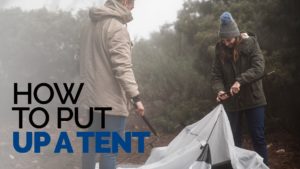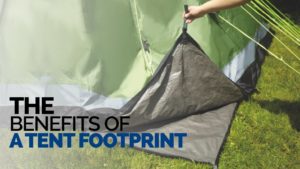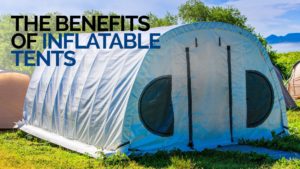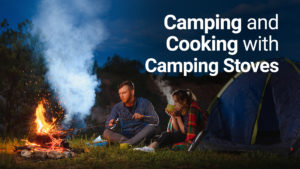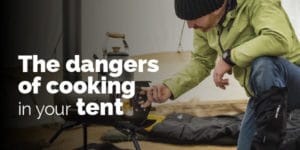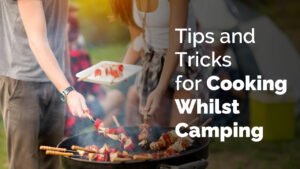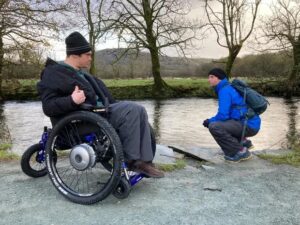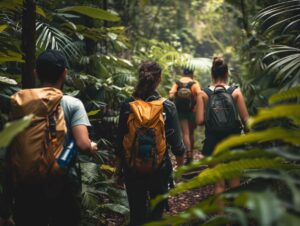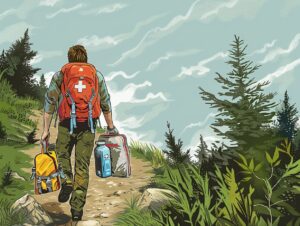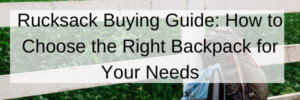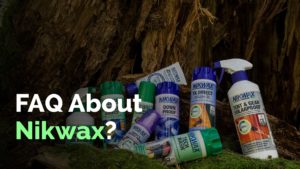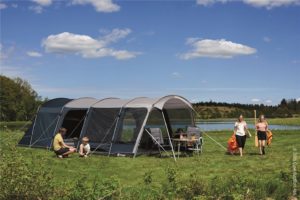
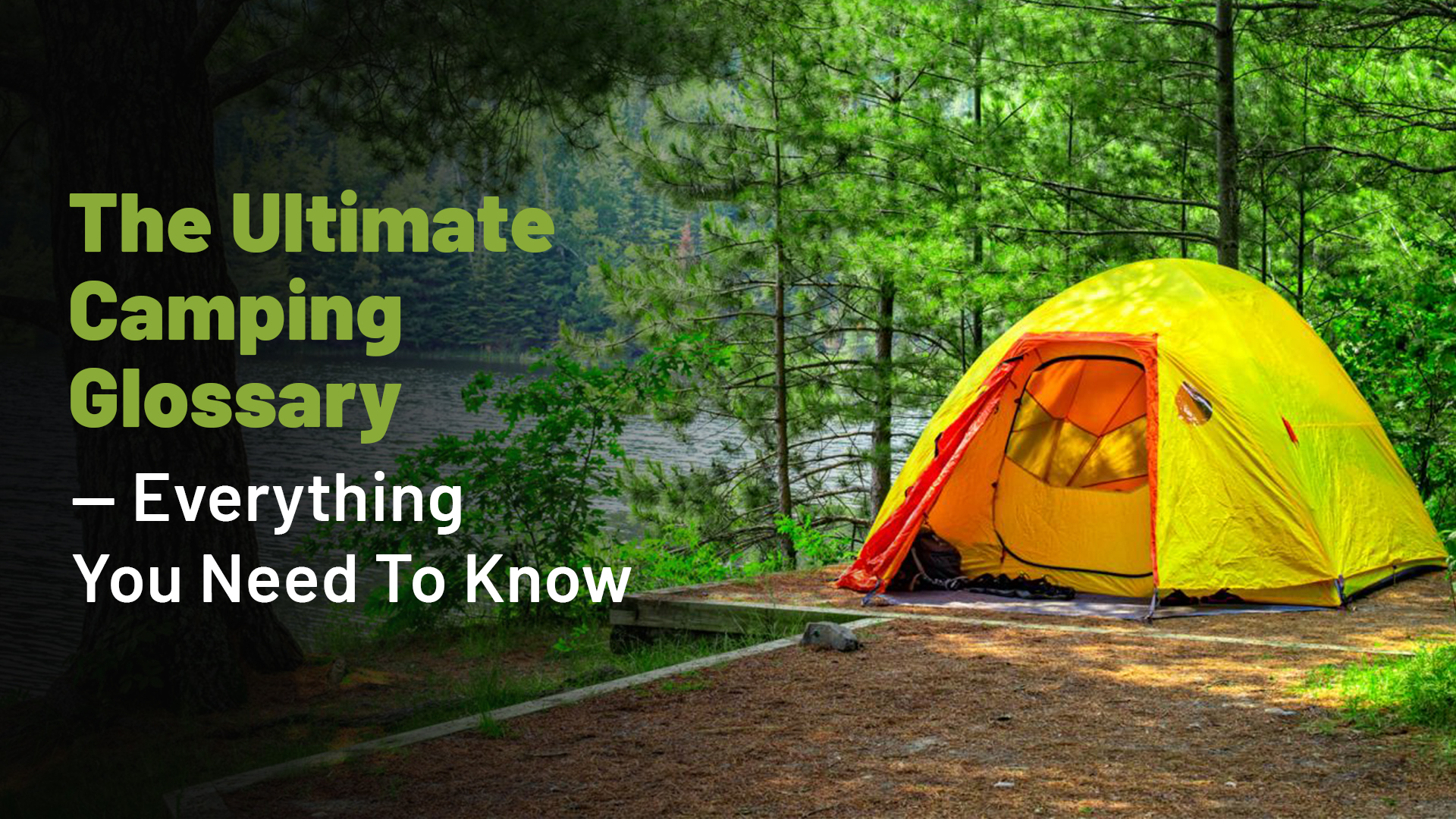
Camping is a perfect, hands-on method for getting in touch with the great outdoors. There’s no more direct way to spend time getting to know your natural surroundings, and it’s a perfect cleanse from the hustle and bustle of your everyday city life. It’s no small wonder more, and more people are taking an interest in this particular form of recreation.
If you’re new to camping, all the things you have to learn to get started can be a bit overwhelming. And that doesn’t just mean learning to pitch a tent and cook a meal over a fire. There’s a lot of camping-specific jargon that new campers will need to learn to be well-prepared.
Don’t worry, though! We’ve compiled this useful camping glossary with all the niche camping terms you’re likely to come across throughout your adventures. We’ve included lists of terms relating not only to tent camping but also RV camping, backpacking, and hiking, so you’ll be covered no matter how you choose to connect with the outdoors.
Read on below to start adding these useful camping terms to your vocabulary!
Tent Camping Glossary
- Billy:Also known as a billy can, this is a portable metal container used to cook on a campsite. When placed over a campfire, it can be used to cook food or boil water. Manufactured billy cans will have a handle on the top, which is ideal for use over a fire, but in a pinch, coffee cans and other metal containers can be recycled as billy cans.
- Bear bag:These waterproof bags allow campers to keep their food and gear safe from bears. Using a length of rope, these bags are suspended from trees so that bears cannot reach them. This term is associate with some other camping words, like “treeing,” which refers to the act of suspending the bear bag, and “bear hang,” which refers to a bear bag that has been suspended.
- A-frame:This term refers to a style of a small tent best suited for one or two people. It’s called this because these tents look like the letter A when viewed head-on. They are typically constructed using nylon and aluminum poles.
- Cowboy camping:This is the act of sleeping outside with no protective shelter.
- Carabiner:This metal clip has a variety of uses, from holding ropes used for climbing to just attaching a canteen to your backpack.
- Car camping:This does not refer to sleeping in a car, but rather camping in a tent that is situated near your parked car. This can be useful for campers who don’t want to transport all of their supplies into the wilderness.
- Four-season tent:These tents can be used year-round and are equipped with the ideal insulation for getting through harsh winter conditions.
- Double-wall construction:Tents with double-wall construction have two layers: the fly or waterproof exterior and the canopy, or breathable inner wall.
- Dome:As opposed to the A-frame tent, dome tents have a rounded structure instead of a pointed peak.
- Ground stakes:These metal anchors are what keeps your tent fastened securely to the ground.
- Gear loft:A mesh or fabric compartment built into the roof of some tents where one can store extra gear.
- Freestanding tent:These are tents that don’t require any sort of supplies, such as guylines or ground stakes, to stand securely.
- Mummy bag:This is a tight-fitting sleeping bag designed to preserve heat efficiently for those camping in cold environments.
- Kindling:Thin sticks or small pieces of wood used in constructing a campfire.
- Guyline:These cables help secure your tent in place by attaching to the rain fly and being anchored into the ground or nearby trees.
- Rain fly:An extra exterior covering to keep your tent protected from rain.
- Potable water:This refers to any water that is safe for drinking without the need for any sort of purifying treatment.
- Pole sleeves:These are tubes made of fabric that the tent poles can slide into when the tent is pitched.
- Tent pad: A tent pad is an area with a level surface, usually made of gravel, mulch, cement, or sand, where a tent can easily be pitched. Commercial campsites will often have designated tent pads where campers can easily erect their temporary shelters. If no tent pad is offered, campers will have to find the flattest natural land area over which to pitch their tent.
- Temperature rating:The temperature rating of a sleeping bag gives information about its predicted internal temperature in various climates. Sleeping bags with different temperature ratings are appropriate for different climates. This information is important to pay attention to, especially if you plan to camp in extreme temperatures.
- Tinder:Tinder is a combustible material that provides the initial spark to start your campfire.
Motorhome / RV Camping Glossary
- Full hookup:This term is a reference to the RV camper’s level of access to campsite utilities. Full hookup campsites provide campers with access to water, sewage, and electric supplies. It makes for a more comfortable RV camping experience.
- Service Pitch: Same as Full hookup, you get electric and water straight to your caravan or motorhome.
- Boondocking:This is the opposite of using a full hookup campsite. When boondocking, campers must depend on their own RV’s facilities and do not have access to any external water, sewage, or electric capabilities. This is also sometimes referred to as “dry camping.”
- Back-in site:At a back-in campsite, the driver will have to back in and leave the way they came. The alternative is a pull-through campsite, where the driver can enter the campsite normally and exit through the other side.
- Self-contained:Self-contained RVs are equipped with their own water, electric, and drainage systems and don’t need to rely on external hookups. They are the ideal camping vehicle to use when boondocking.
- Rig: This is simply a slang term that refers to an RV. Other synonyms for this vehicle include “motorhome,” “camper,” “trailer,” and more.
- Hula skirt:This attachment goes onto the rear bumper of an RV to catch any debris that is kicked up from the road so that it doesn’t interfere with other vehicles on the road.
- Toy hauler:A toy hauler is an RV that is equipped with sufficient interior space for transporting motorcycles, ATVs, dirt bikes, and similar recreational equipment.
- Snowbirds:Snowbirds are RV campers who plan their camping destinations to avoid cold weather in the winter.
- Slide-out:A slide-out is a compartment of an RV that can be retracted into the vehicle when not in use but can be pushed out to expand the interior when stationary. It’s a great way to get some extra indoor space when RV camping.
- Winterizing:This word refers to the process of weatherproofing an RV against harsh winter conditions. It’s a necessary step for RV campers who want to use their vehicle during all four seasons of the year. It’s a rather involved process that you’ll need to follow specific instructions to perform correctly.
- Underbelly: This refers to the underside of the RV, where the pipes and water hoses can be found. Those looking to winterise their RVs will need to add some weather protection to the underbelly.
Backpacking Glossary
- Primitive campground:A primitive campground is a camping site that doesn’t offer any form of amenities to campers. It may just be an empty stretch of land where campers are left to their own devices. Primitive campgrounds do not have fire pits, running water, restrooms, or electricity.
- Bivy sack: This small, lightweight bag acts as a shelter and an added layer of protection for campers sleeping in sleeping bags. It is quite easy to transport and can offer a spartan form of protection from the elements for those without a tent.
- Bivouac:This term refers to a temporary campsite without a tent. They are usually formed unexpectedly due to inclement weather or another impediment that keeps backpackers from progressing. A bivouac typically consists of nothing more than a tarp, sleeping bag, and bivy sack.
- Bearing:A bearing is a measurement that can help backpackers keep track of their progress when traveling outdoors. It describes the direction one is moving from their current location to their destination, and it is notated as a degree from 0 to 359.
- Backcountry:This term describes areas of wilderness, public land, forests, or national parks that are relatively remote and free of human interference. Backcountry areas cannot be accessed by road. These regions are popular with backpackers because they are peaceful, uninhabited camping destinations.
Hiking Glossary
- Cairn:A cairn is a form of trail marker that is made by stacking rocks into a pile. These are useful for trail marking in alpine or desert areas, where there may be a dearth of trees.
- Boardwalk:A boardwalk is an overpass, usually built out of wood, that can help preserve any at-risk wildlife in areas where hiking is common. Using the boardwalk, hikers can cross over areas containing delicate flora or fauna without causing any harm to their surroundings. A crude version of a boardwalk constructed from logs or rocks is called a “puncheon.”
- Blaze:A blaze is another form of the trail marker. This one takes the form of a symbol, usually rectangular, painted on the outside of a tree. These help hikers get their bearings and make sure they are headed in the right direction on their trail. If more than one trail goes through the same area, they will typically be distinguished from one another through the use of different colours. An intersection on a trail will be marked with a “double blaze,” which indicates the direction in which hikers should continue.
- Ridge:This term refers to a narrow stretch of land at a high elevation. Ridge trails are known for often providing hikers with spectacular views.
- Leave No Trace:Also known as “LNT” or “packing out,” this phrase refers to the practice of sustainably interacting with natureon your hike. Essentially, hikers are encouraged to not leave any lasting mark of their presence in areas that they’ve passed through. There should be no litter, food, or anything else left behind to indicate their presence, and the natural surroundings should be left undisturbed by hikers.
- Daypack:This type of hiking backpack gets its name from its distinctive size. Daypacks are intended to hold just enough hiking supplies for a single day of outdoor recreation. Hikers looking to camp overnight on a trail will require a larger backpack.
- Switchback:Switchbacks are zigzag patterns that often appear on uphill trails. These alleviate the difficulty of hiking uphill by extending the length of the trail and allowing for an easier, more gradual ascent to higher elevation.
- Summit:This term refers to the highest point of a mountain. The summit is often the goal of a mountain hike, as it offers the best views.
- Rucksack:A large canvas backpack with shoulder straps for easy transportation.
- Walk-up:Walk-ups are summits that can be accessed without any strenuous climbing or bouldering.
- Trailhead: The point at which a hiking trail begins is called the trailhead.
- Topographic map:This map displays information about land features, such as elevation levels and bodies of water. They are quite useful to hikers who need to be aware of changes in elevation and other topographic features.
Conclusion
Wow! That sure was a lot of new camping words to learn! Don’t worry if you feel overwhelmed. Over time, the terms from this camping glossary that are the most relevant to the things you do most often will naturally incorporate themselves into your vocabulary. Soon you’ll be speaking like a regular camping expert!
Share:
By submitting your email address, you are agreeing to receive marketing emails from theexpertcamper.co.uk.
We’ll never share your email address and you can unsubscribe at any time. Privacy policy
Related Posts
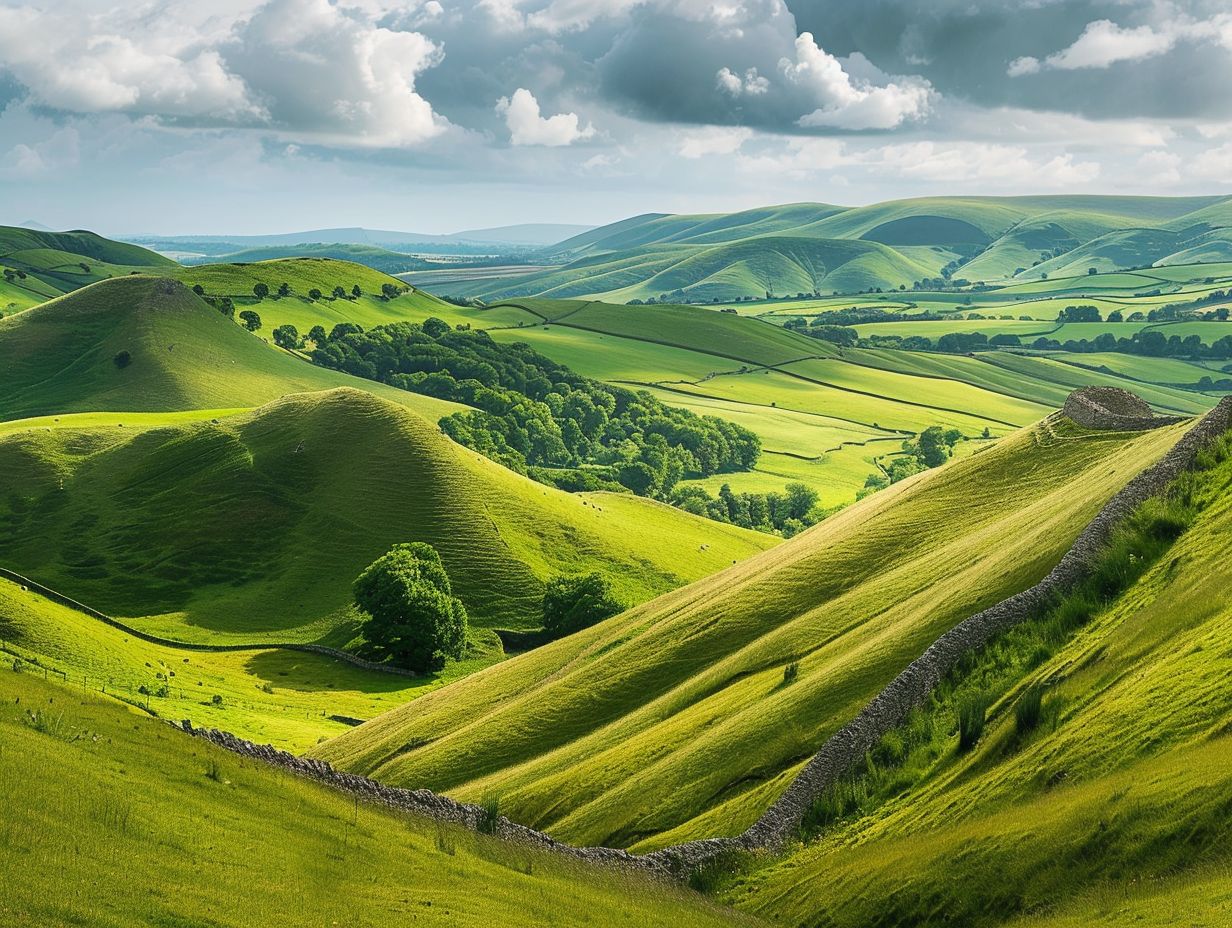
A Seasonal Guide To Hiking In The Peak District
Are you ready to lace up your hiking boots and explore the stunning landscapes of the Peak District? This seasonal guide will take you through

Hiking Challenges Preparing For Your First Ultrahike
Are you ready to take your hiking adventures to the next level? Ultra-hiking offers a unique combination of physical and mental challenges, breathtaking scenery, and
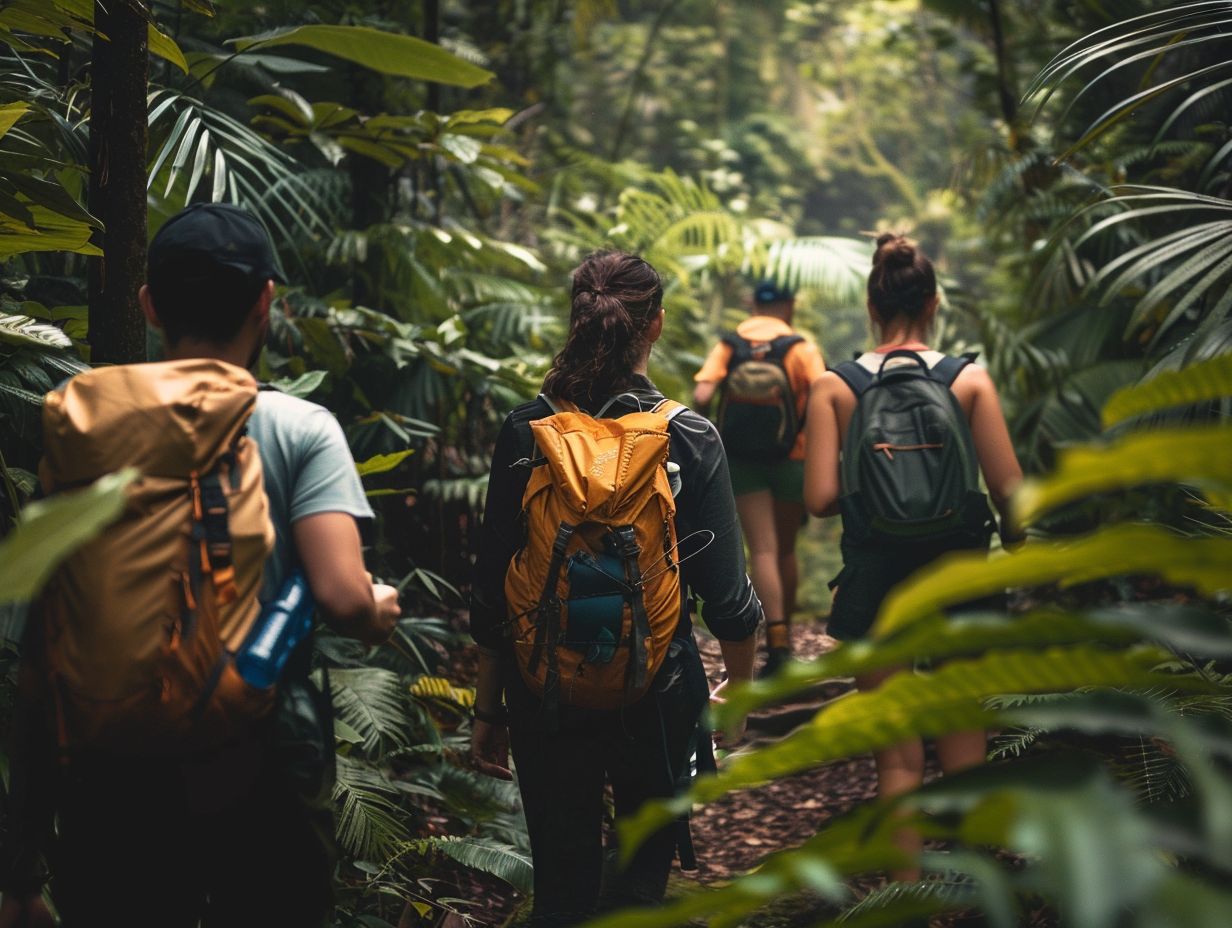
Ecofriendly Hiking Tips For Sustainable Adventures
Are you an outdoor enthusiast looking to minimise your impact on the environment while enjoying the great outdoors? Eco-friendly hiking is the perfect solution! We
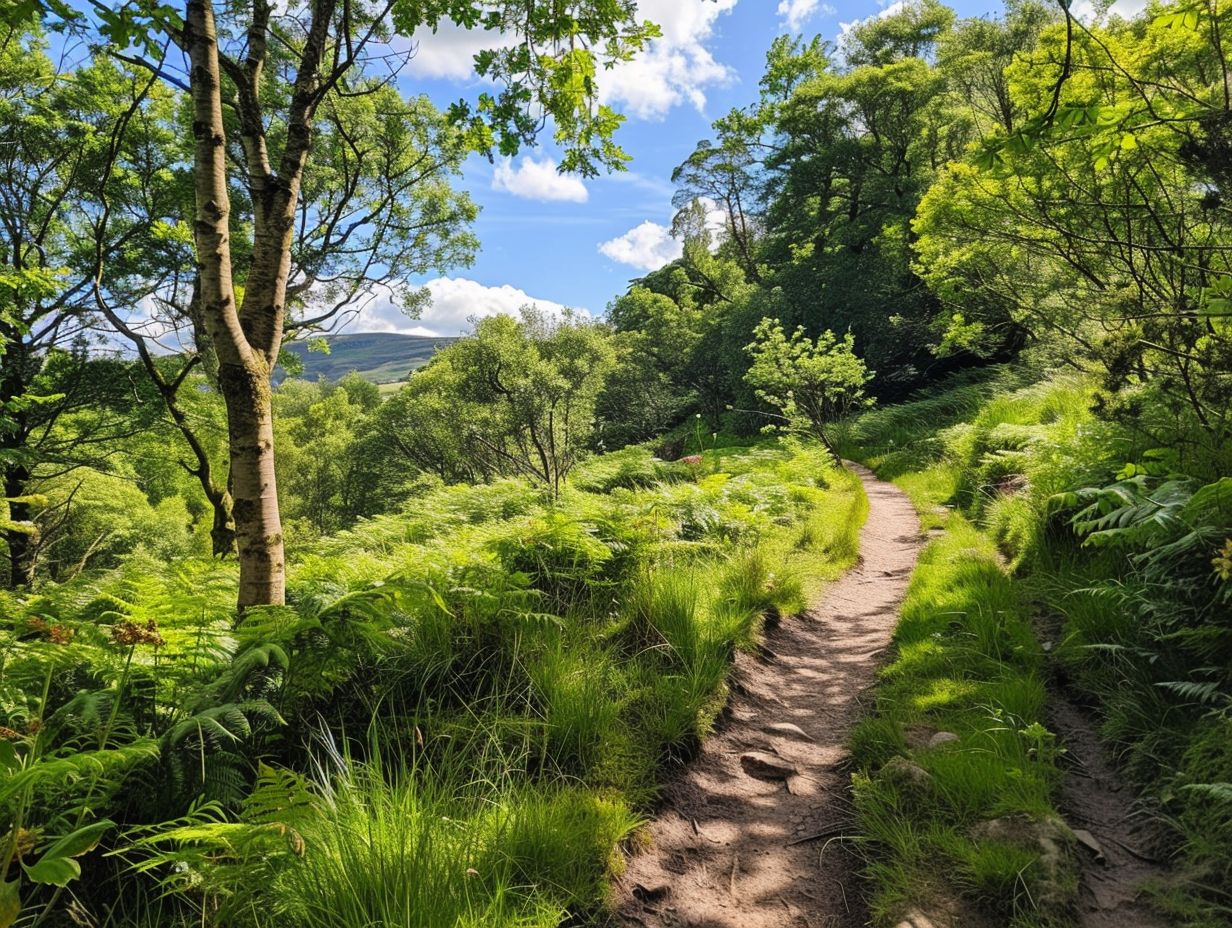
The Best Hiking Trails For Experiencing UK Wildlife
When exploring the picturesque hiking trails of the UK, you can expect to encounter a diverse array of wildlife. From majestic birds soaring overhead to
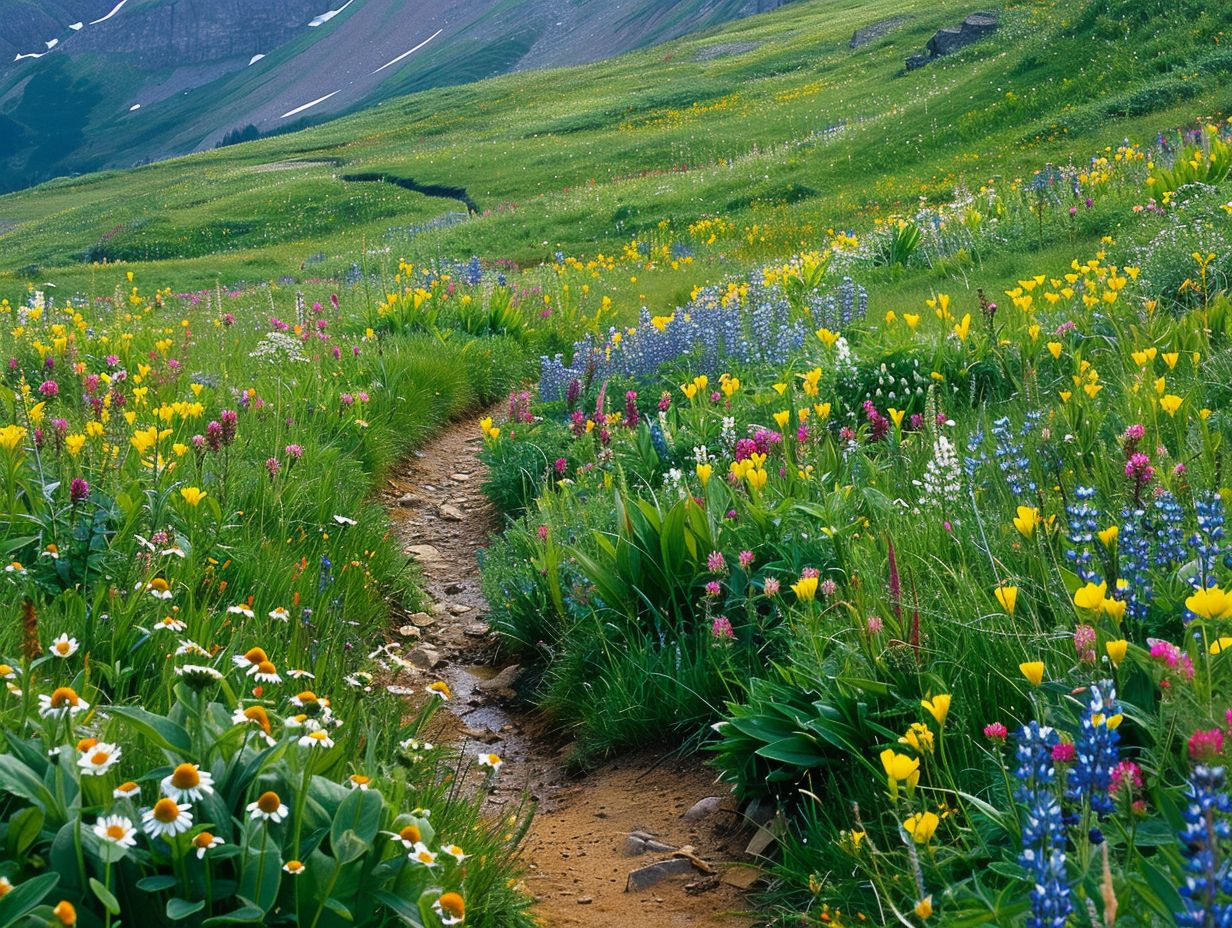
Wildflower Walks The Best Trails For Nature Lovers
Are you a nature lover looking to embark on a wildflower walk? Explore the best trails for wildflower walks, including [Trail Name 1], [Trail Name


